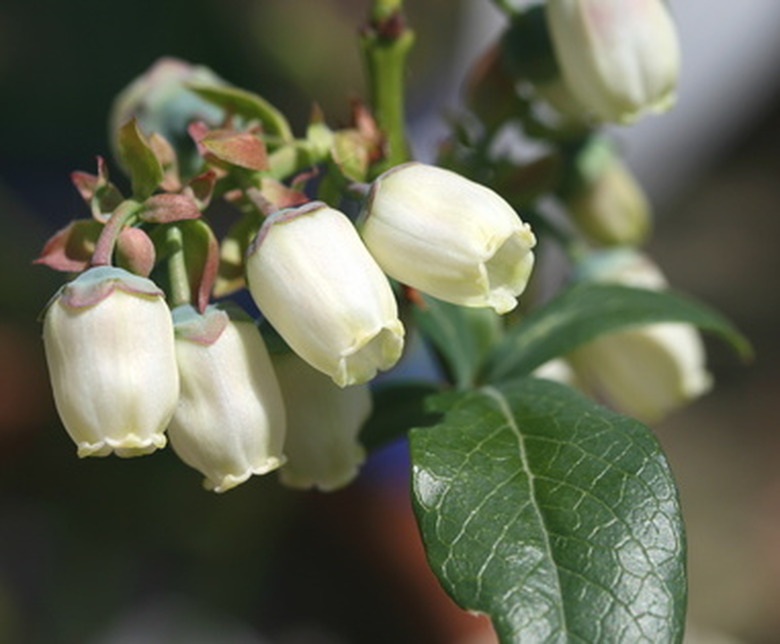Wisconsin Wild Blueberry Plants
Wisconsin is home to five species of wild blueberry plants (Vaccinium spp.), although only one is common. Wild blueberries grow across the state, and they generally prefer rocky or sandy soil with dappled sunlight in clearings in pine forests. A variety of wildlife, from tiny songbirds to black bears, depend on wild blueberries for food, and the small, tart-sweet fruit is a favorite of human berry-pickers, too. Many species of wild blueberry bushes can grow in a garden setting. Blueberries are related to bilberries, huckleberries and cranberries.
Early Low-Bush Blueberry
The most common wild blueberry in Wisconsin is the early low-bush blueberry (V. angustifolium), found in almost every county in the state. The plants is 4 to 24 inches tall and often spreads across the ground. Early low-bush blueberries bloom in May or June, before most other wild blueberries in Wisconsin, and the fruit that follows is juicy and flavorful but has many small seeds.
- Wisconsin is home to five species of wild blueberry plants (Vaccinium spp.
- ), The most common wild blueberry in Wisconsin is the early low-bush blueberry (V. angustifolium), found in almost every county in the state.
Dwarf Blueberry
The endangered dwarf blueberry (V. cespitosum) is only found in the northeastern part of Wisconsin, near the upper Michigan border. The bushes are very short, rarely more than 6 to 8 inches high, and they produce pink bell-shaped flowers in June or July.
Canada Blueberry
Canada blueberries, also called velvet-leafed blueberries (V. myrtilloides), are more common in the northern part of the state, although they are sometimes found in southern Wisconsin, too. These low-growing blueberries can best be identified by the leaves, which are smooth along the edges, unlike other blueberries, which have sharply toothed leaves.
Hillside Blueberry
The rare hillside blueberry, also called the blue ridge blueberry (V. palladium), has only been recorded in Oconto, Marinette, Monroe and Green counties in Wisconsin. The leaves are larger than other low-bush type blueberries and can be up to 2 inches long. It may flower as early as April, although May or June is more likely.
- The endangered dwarf blueberry (V. cespitosum) is only found in the northeastern part of Wisconsin, near the upper Michigan border.
- Canada blueberries, also called velvet-leafed blueberries (V. myrtilloides), are more common in the northern part of the state, although they are sometimes found in southern Wisconsin, too.
High-Bush Blueberry
Much taller than all the other wild blueberries of Wisconsin, high-bush blueberry (V. corymbosum) is a compact, upright shrub that grows 6 to 12 feet tall. The flowers are pink, and the fruit is a bit larger than that of low-bush type blueberries. Cultivated blueberries were derived from wild high-bush blueberries. High-bush blueberries grow wild in only a few counties in southwestern Wisconsin, but across the state, people grow high-bush blueberries in gardens for their ornamental value and sweet fruit.
References
- "Wildflowers of Wisconsin and the Great Lakes Region"; Merel R. Black and Emmet J. Judziewicz; 2009
- Lady Bird Johnson Wildflower Center: Vaccinium corymbosum
